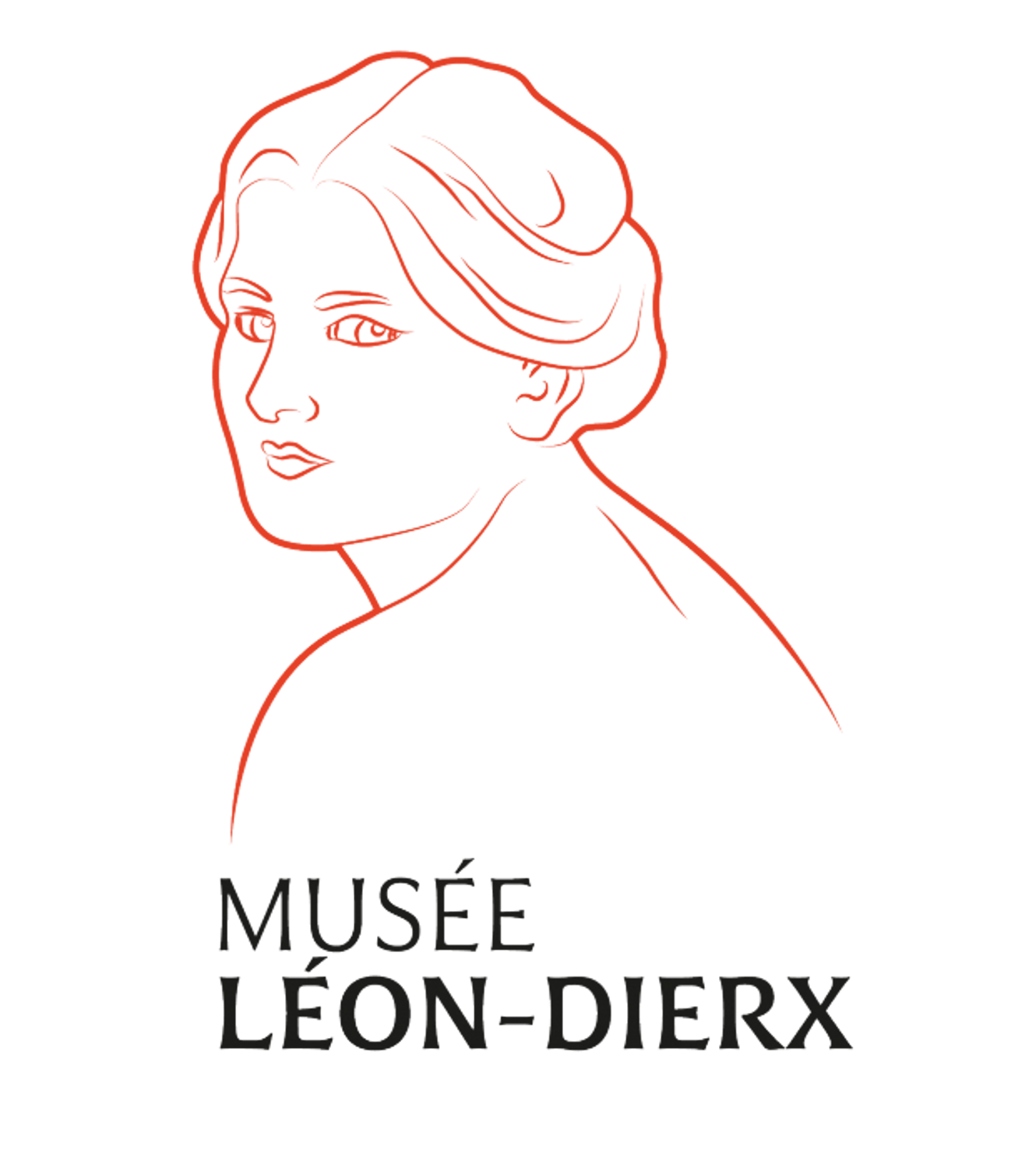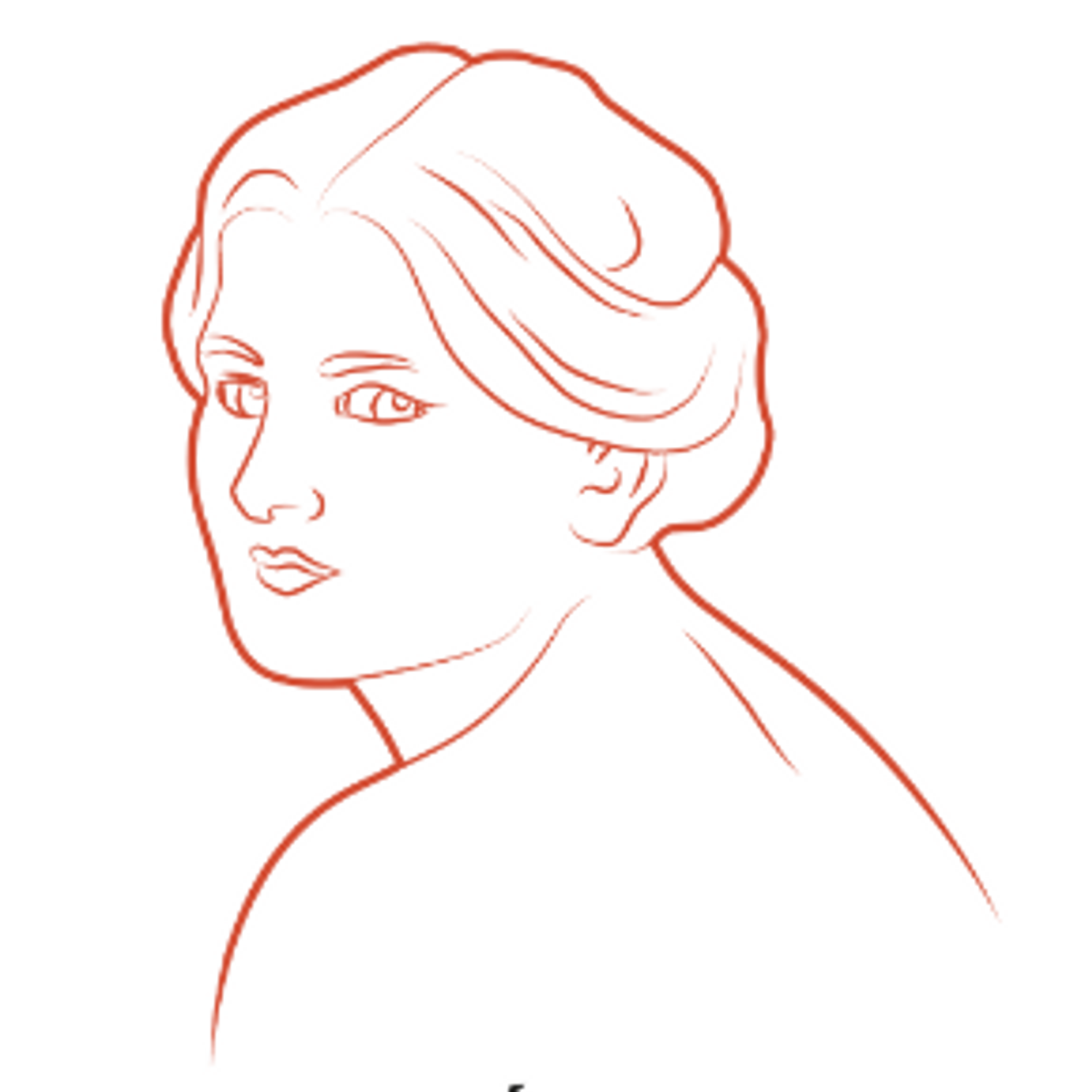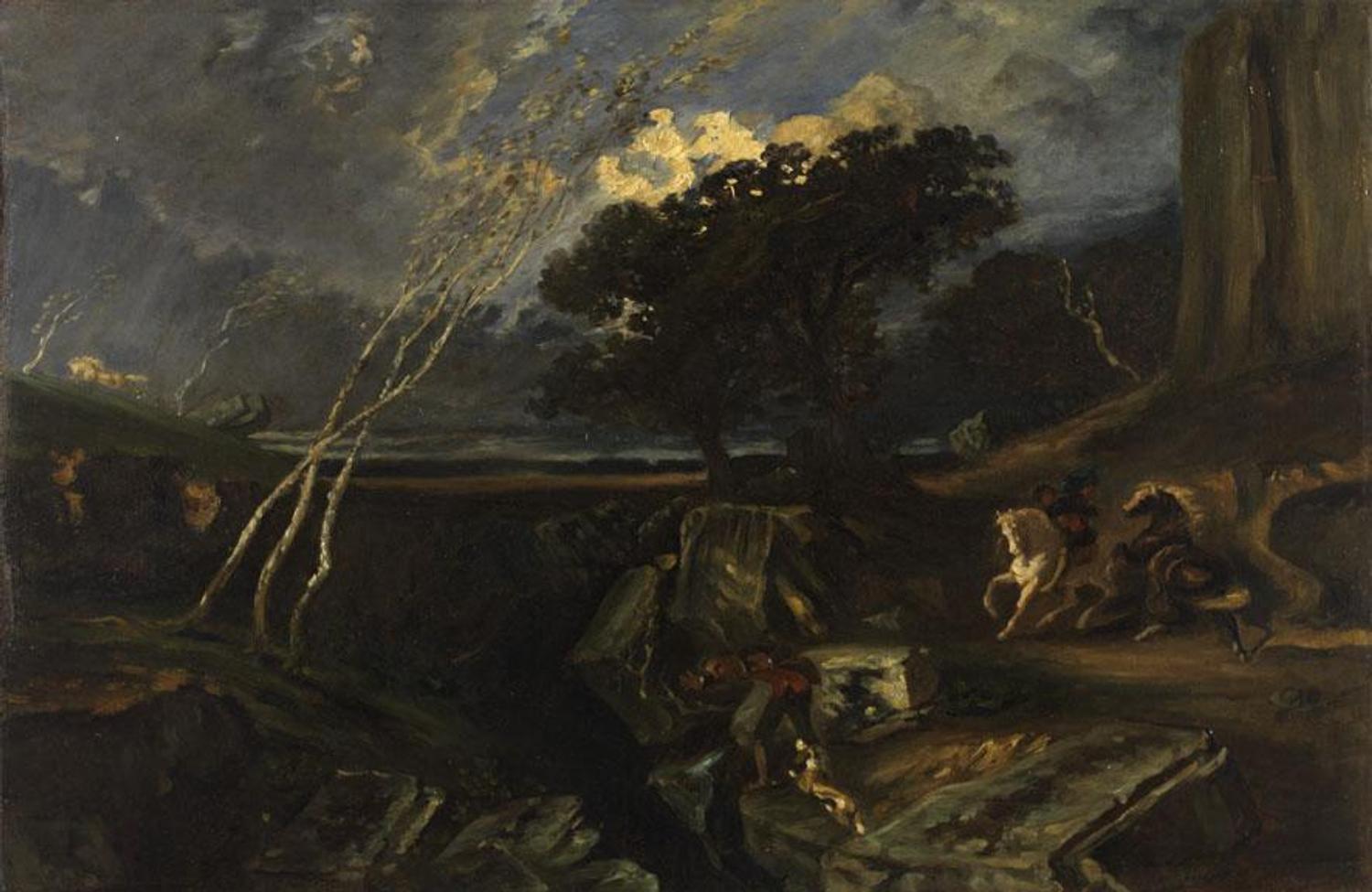THE MASTERPIECES OF THE LEON-DIERX ART GALLERY : Paul HUET
Paul HUET
Paris, 3 October 1803 – Paris, 9 Januar 1869
A pupil of the painters Pierre-Narcisse Guérin and Antoine-Jean Gros at the School of fine arts in Paris, Paul Huet broke off with Neoclassicism after meeting Delacroix and the English landscape painters Bonington and Constable. He exhibited his work at the Salon from 1827 until his death. His success at the 1833 Salon led to his being recognised as the master of Romantic landscape painting, and earned him the nickname «the Delacroix of landscape».
He worked in Normandy, Auvergne, Italy and the Pyrenees, as well as in the forest of Fontainebleau, even before the Barbizon painters did so, but was not acquainted with them. Out in the open air, he produced studies for his paintings, drawings highlighted using watercolour or sepia. These studies and sketches, enriched with what he remembered or simply his imagination, served as the basis for paintings produced in his studio.
His tormented works, produced using large brushstrokes and contrasted colours, treat rather threatening subjects and play on marked contrasts between shadow and light in wild natural scenes. The landscapes of Paul Huet express through painting the poetry of Lamartine, whom he was close to. The modernity of his technique, his colours and the virtual absence of the subject led to his being seen as a precursor of Impressionism.
Le gouffre (esquisse), (The abyss) (sketch), Paul HUET
1861
Oil on canvas
50,2 X 77 cm
Inv 1939.00.60
The picture entitled Le Gouffre (The abyss) belonging to the Leon-Dierx art gallery is one of the sketches for a large painting Le Gouffre, paysage (The abyss, landscape), presented at the 1861 Salon and today conserved at the Musee d’Orsay in Paris. The scene is described by the artist himself in one of his letters: «Do you now have a better understanding of this shapeless sketch? I hope so. It shows a chasm, an abyss if you prefer: this is the title I will most certainly give to this picture. The figures should express the fact that an accident, a tragedy has occurred.»
Paul Huet’s aim was to express the terrifying aspects of the natural environment: in this landscape, he draws attention to the centre of the composition, the land opening out to form a threatening rift in the rock. A man and a dog are leaning dangerously over the edge of the abyss. Nearby, two horses are rearing up, most certainly terrified by the wind of the storm brewing: everything points to the tragedy that has just occurred, that of a man falling.
The rocks and the trees evoke the forest of Fontainebleau and express the strong emotions experienced by Huet in the face of the elements in the tormented natural environment; however, all this is expressed through a carefully thought out composition, heritage of a certain tradition of landscape paintings produced in the studio.






